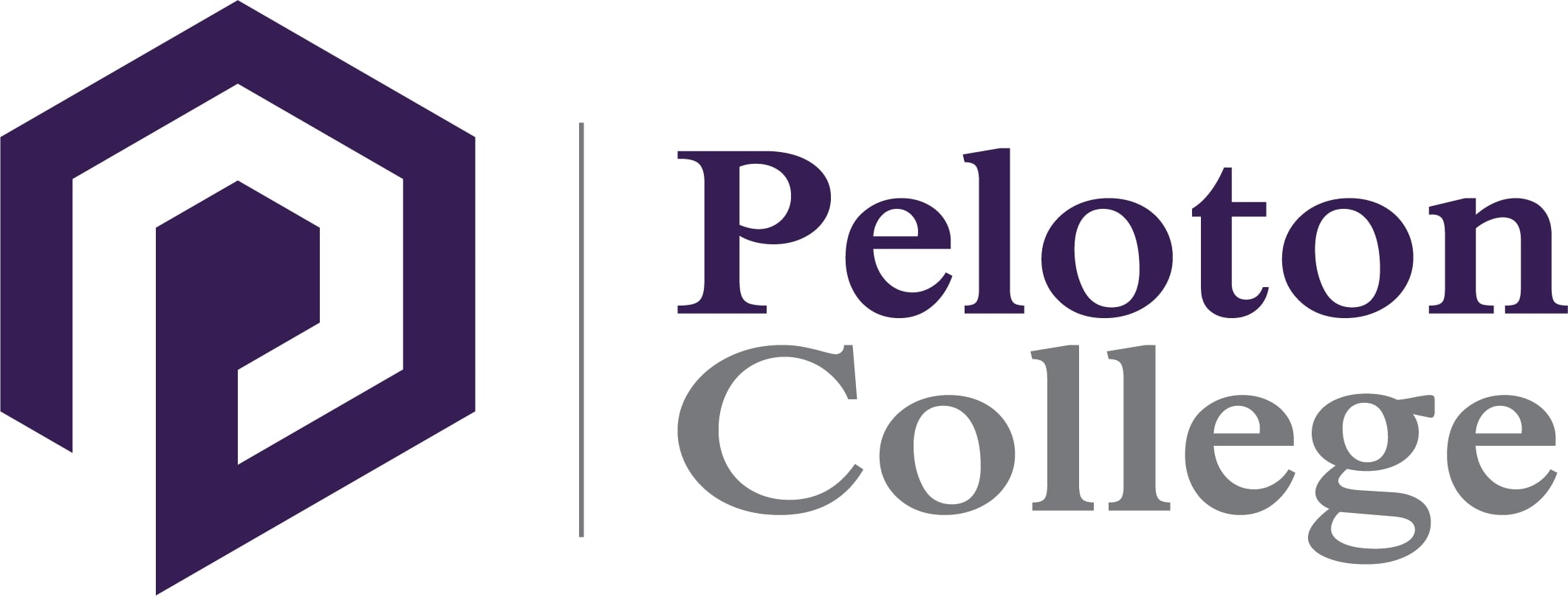What is the Difference Between EHR, EMR and PHR?

Digital health records are one of the greatest medical advances of the 21st Century. A significant improvement over paper charts and filing cabinets, data is now easier to access and quicker to share among patients and healthcare providers. However, there are different types of electronic medical records, each with unique advantages. Let’s explore the similarities and differences between EHR, EMR and PHR.
What is an EHR?
An EHR is an electronic health record. Comprehensive, it contains health and billing data from multiple sources, including doctors, hospitals, labs, and imaging centers.
What is an EMR?
An EMR, or electronic medical record, is a digital version of charts kept by individual doctors. It includes demographic and financial information plus pertinent health data, including vital signs, vaccination records, medication and allergy lists, and treatment notes.
What is a PHR?
A PHR is a personal health record. Patient-controlled, it contains only the data you put into it.
What is the Difference Between EHR, EMR and PHR?
EHR, EMR and PHR are similar in format, but how they’re used is vastly different.
EHR systems are the most complex. Designed to facilitate information exchange between healthcare providers, it includes data from multiple sources. Through an EHR, an ER doctor in Arlington can access your medical data from Dallas, boosting the speed, efficiency, and quality of care. It also contains a patient portal through which you can leave messages for your doctor or pay bills.
EMRs are a shortcut for the doctors you see regularly. Like a cheat sheet, they feature the most pertinent data in an easy-to-find format. However, it can’t be electronically accessed by other physicians.
Personal health records (PHR) are a relatively new way for patients to track their own health data. An alternative to physician- or hospital-based systems, consumers enter data into private apps accessible only to them unless they choose to share it.
How Do Medical Billing and Coding Specialists Interact with Digital Health Records?
Medical billing and coding specialists rely on EHR and EMR for information. With the click of a mouse, they can:
Verify Financial Data
Electronic health records contain birth dates, social security numbers and insurance policy information. Medical billing and coding specialists can verify patient identity and import financial data without sifting through charts.
Research Health Data
Insurance claims must demonstrate medical necessity, policies don’t pay for unnecessary services. Forms must show which treatments the patient received and why. Medical billing and coding specialist research charts to gather the required information.
Code Services
EHR and EMR features that assist with coding are becoming increasingly popular. Medical codes are a type of shorthand that describes complex symptoms, conditions, and services with short, alphanumerical sequences.
Some insurance claims are initially rejected due to incorrect coding. Better EHR systems offer coding suggestions, improving accuracy, and reducing the time it takes to look up codes.
Track Payments
Billing systems integrated into EHR making payment tracking simpler. Medical billing and coding specialists can keep a running record of when claims are submitted and when reimbursements are received.
The process is complex, often involving multiple insurers who must be billed in order of liability. The software assigns payment responsibility and deducts payment in the proper order to arrive at the patient’s balance. At any given time, medical billing and coding specialists know who owes how much.
Troubleshoot Denied Claims
EHR systems have find-and-fix functions for rejected claims. Medical billing and coding specialists get a daily list of denials for review with suggestions for how to remedy errors.
What Are the Benefits of EHR, EMR and PHR?
EMR, EHR and PHR have had a profound impact on American medicine. The benefits include:
Sustainability
Healthcare facilities generate many petabytes of data annually. In a win for the environment, digital medical records slash paper consumption by almost half.
Efficiency
In the early 2000s, one doctor needed five full-time team members to manage medical documentation requirements, costs for data handling was in the billions. EHR and EMR cut down on copying, faxing, and filing duties, saving practices time and money.
Accessibility
Quick access to medical records is improving the quality of care. Instead of waiting days for old records from the archives, doctors can get data instantly with which to make better treatment decisions. And referrals are faster. Urgent visits don’t have to wait for the paperwork to catch up.
Accuracy
Many medical errors are attributable to communication issues, such as missing records, spelling mistakes and illegible notes. EHR eliminates most of these problems through a corrective algorithm that flags missing data and suggests corrections for obvious errors.
Economy
EHR also cuts down on duplicate services. Studies show that tests were often repeated because prior results were inaccessible.
Electronic health records are updated by the provider at the point of service. Results are available immediately and sent to the ordering doctor.
Personalization
EHRs empower patients with communication portals. Individuals can see their health data, pay their bills, and contact their physicians.
Confidentiality
HIPAA regulations limit how medical data is shared. Non-clinical staff, including medical billing and coding specialists, once had access to sensitive information they didn’t need to do their jobs.
However, the details in electronic health records are siloed by role. Access is password-protected and granted on a need-to-know basis.
Safety
EHRs limit the potential for polypharmacy by making all doctors aware of what other providers have prescribed. Drug-seeking behaviors and incidental overdoses are dropping.
EHR also improves the continuity of care. A patient’s primary healthcare provider, for example, was rarely notified of hospital admissions or nursing home discharges before the digital era. People discharged without the appropriate support were frequently re-hospitalized. EHR keeps doctors in the loop so that no one falls through the cracks.
Security
Data breaches are often in the news, but digital health records are still more secure than paper charts. There’s no risk of fire or flood damage, and documents don’t get lost in the shuffle.
Improved Public Health Surveillance
The CDC and WHO use the diagnosis codes on insurance forms to monitor chronic disease trends. And real-time tracking helps them better understand viral outbreaks so that they can deploy resources appropriately. EHR is a powerful public health tool.
Better Health Outcomes
Many Americans struggle with chronic health conditions. But for many, the damage is done before the diagnosis is made.
People with both high blood pressure and diabetes, for example, have a greater chance of developing chronic kidney failure. Yet, many weren’t tested for it because the data in paper charts was too cumbersome to cross-reference.
EHRs and EMRs improve health outcomes by keeping data better organized. And the software flags risk factors and overdue services, offering doctors best practice recommendations. Care is finally proactive instead of reactive.
How To Become a Medical Billing and Coding Specialist
Some medical billing and coding specialists have a college degree, but most begin their careers with a vocational school diploma. The training is faster, and graduates qualify for most of the same entry-level jobs. It’s a great way to get your foot in the door in a competitive industry.
Demand for medical billing and coding specialists is rising as fast as it is for direct care professionals. If you have an aptitude for finance, the future is bright. Vocational schools offer lifestyle-friendly education plus perks, including job placement services. The comprehensive curriculum covers everything you need to know to build a vibrant career.
What Else Will I Learn in a Medical Billing and Coding Program?
Digital health records are just one of many subjects you’ll learn about in a vocational school medical billing and coding program. Other topics include:
Medical Terminology
Medical billing and coding specialists need a grasp of medical lingo to research charts and to fill out insurance forms. The medical terminology courses teach you how to decipher terms based on their parts. You’ll learn how prefixes, suffixes and root words are combined to make complex terms that say more with fewer words. It won’t give you a doctor’s vocabulary, but you’ll read treatment notes with ease.
Anatomy and Physiology
Anatomy and physiology courses complement medical terminology classes by introducing students to body structure and function. An entry-level course, the goal is to familiarize you with common medical conditions, medications, and treatments so you’ll be comfortable researching charts.
The Healthcare Revenue Cycle
The healthcare revenue cycle encompasses all income-generating activities, many of which are billing-related. Medical billing and coding specialists play a key role by confirming patient coverage, providing cost estimates, tracking insurance claims, posting payments, and collecting remaining balances. Your job is to help healthcare facilities get paid in a timely fashion so they can keep the lights on.
Health Insurance Models
Most healthcare bills are covered by insurance. However, there are hundreds of different policies, each with unique conditions. And some patients have more than one insurer with different levels of liability. In this class, you’ll learn about public, private and government-sponsored health insurance plans and how they work.
Medical Coding
The medical coding system is straightforward, but it has idiosyncrasies. There are several complementary code sets for conditions, treatments, diagnostic tests, and medical supplies. As a medical billing and coding specialist, EHR does some of the coding work for you, but you’ll need to understand how to search the paper indices. By the end of this course, you’ll be a pro.
Internet Applications
Medical billing is mostly digital, so training programs cover internet applications. Students learn how to access, update, copy, store and share files within and between computer systems. Other topics include database management, cloud storage, and digital security.
Light Accounting
Most private practices use inventory management software for payroll, inventory, and scheduling. Some are integrated into EMR and EHR systems to make financial tracking easier. Systems can, for example, deduct a suture removal kit from inventory when one has been coded on a patient’s record. Familiarity with the basic accounting features included in the software helps you maximize its potential.
Final Thoughts
Medical billing and coding was once a labor-intensive and paper-heavy job, but it’s evolved thanks to electronic health records. If you have good organizational skills, talent with numbers and a passion to serve others without training for a direct-care role, it may be the healthcare career you’ve been looking for.
Want to Learn More?
The Medical Billing and Coding training program at Peloton College provides students vital knowledge in Medical Terminology and Understanding Health Insurance Claims and prepares students to be able to work with and maintain electronic health record systems in the health care industry. Graduates of this Medical Billing and Coding training program will also be eligible to sit for the Certified Electronic Health Records Specialist (CEHRS) Certification or the Certified Billing and Coding Specialist (CBCS) Certification.
The mission of Peloton College is to be the premier provider of hands-on training and education by providing students and graduates with the necessary skills to secure occupational careers. Contact us today to learn more.



